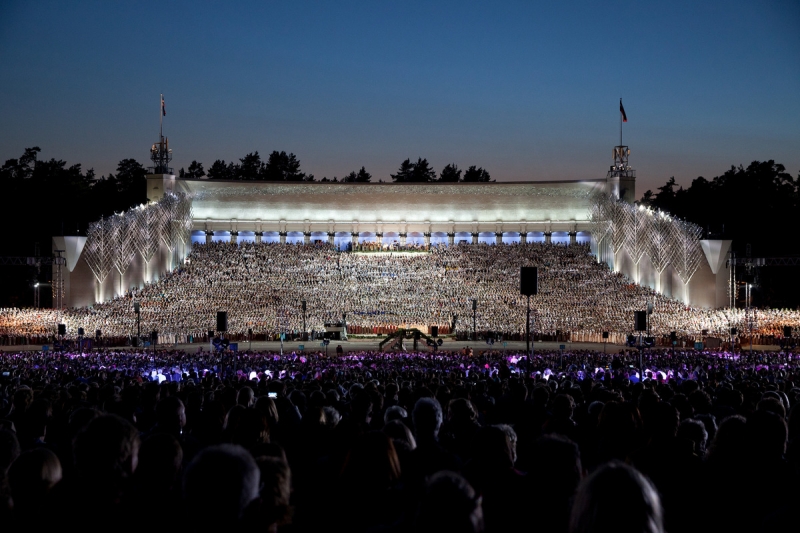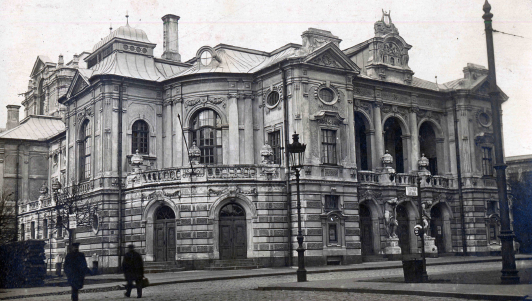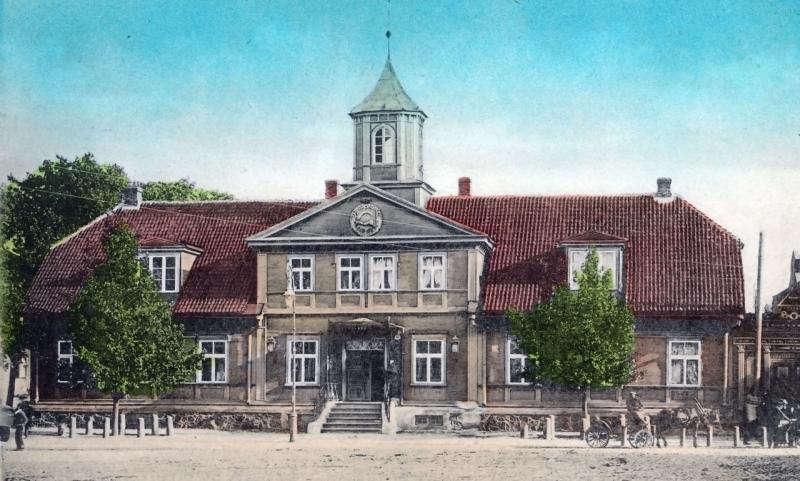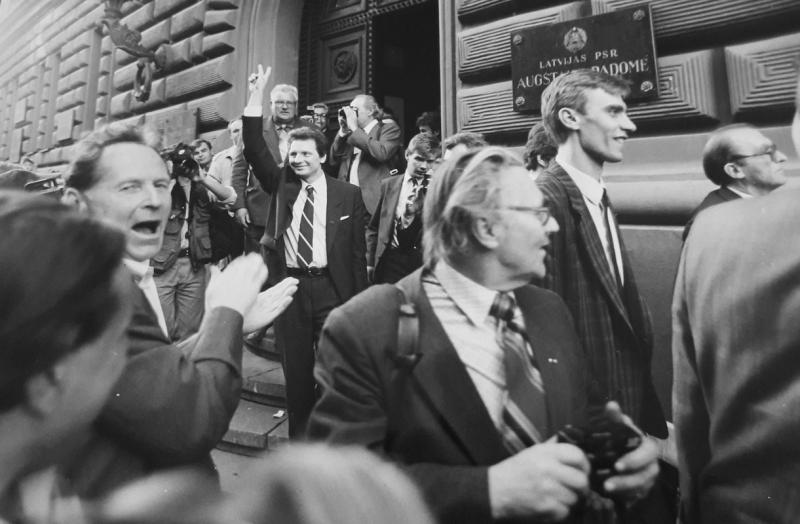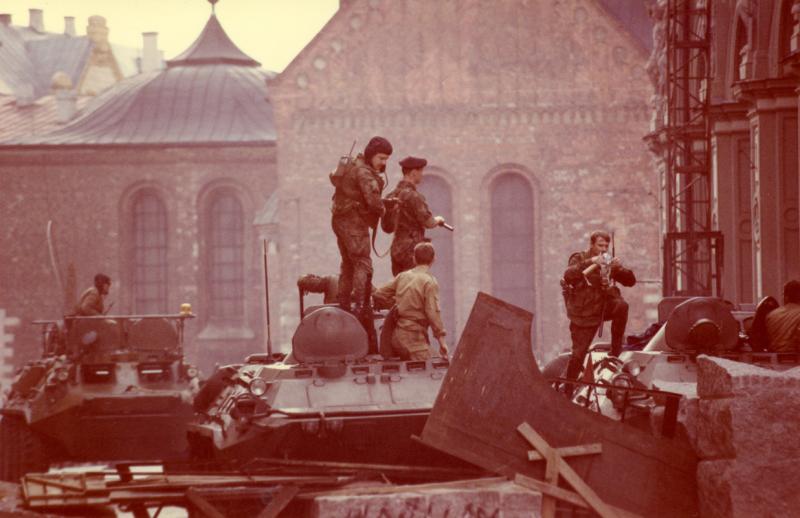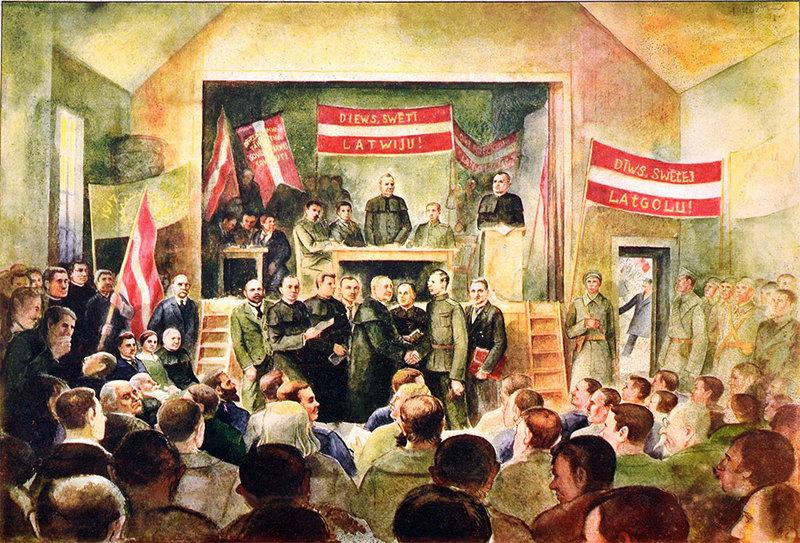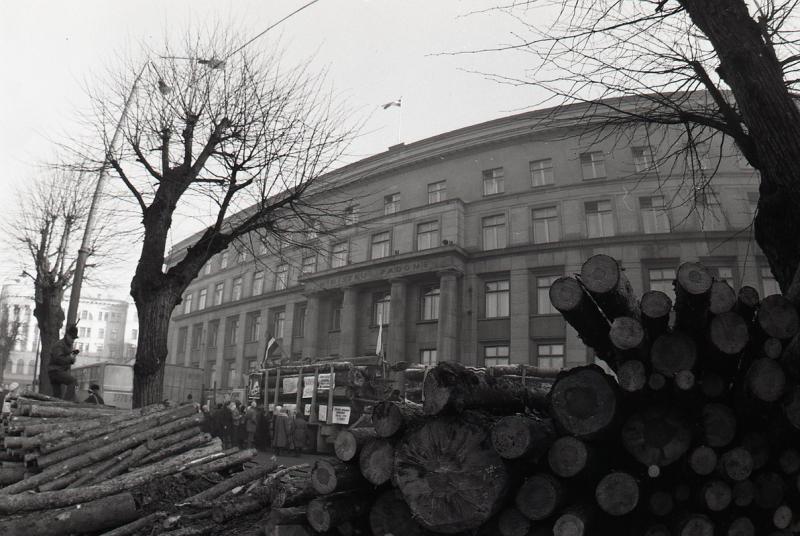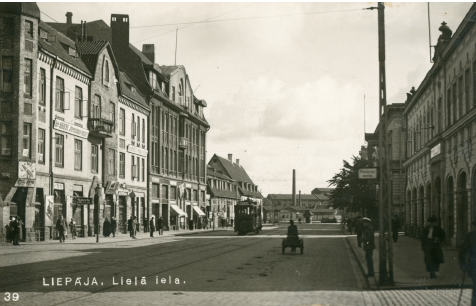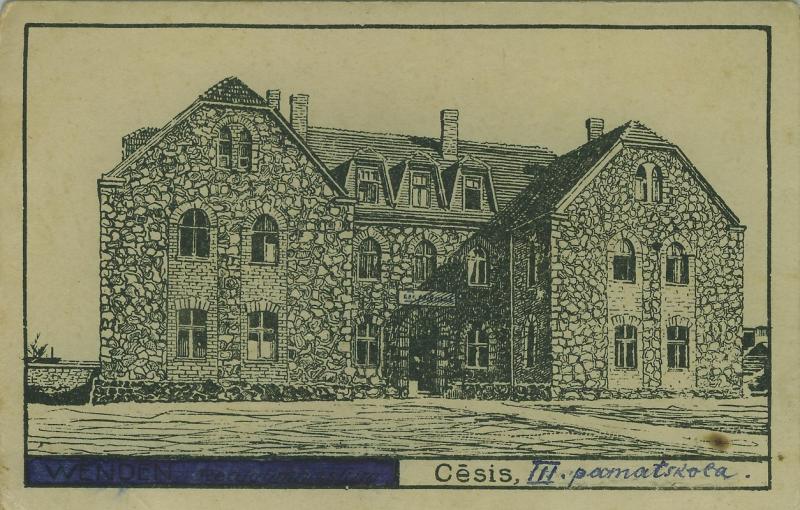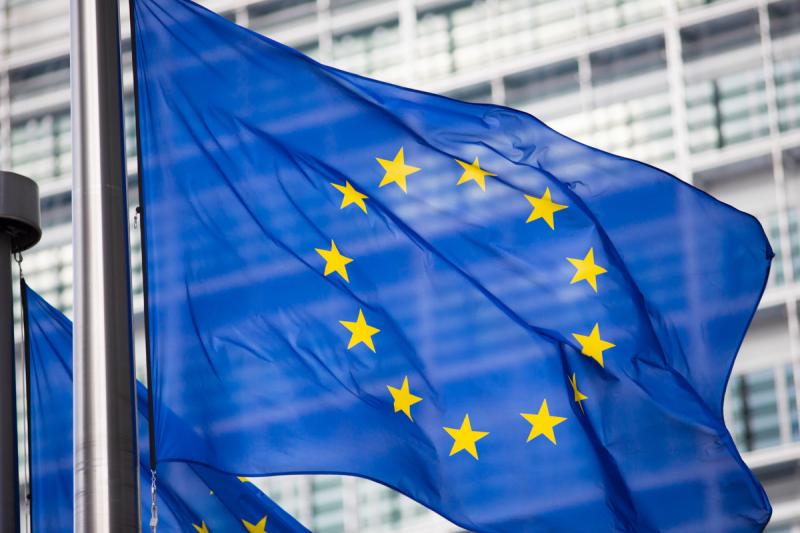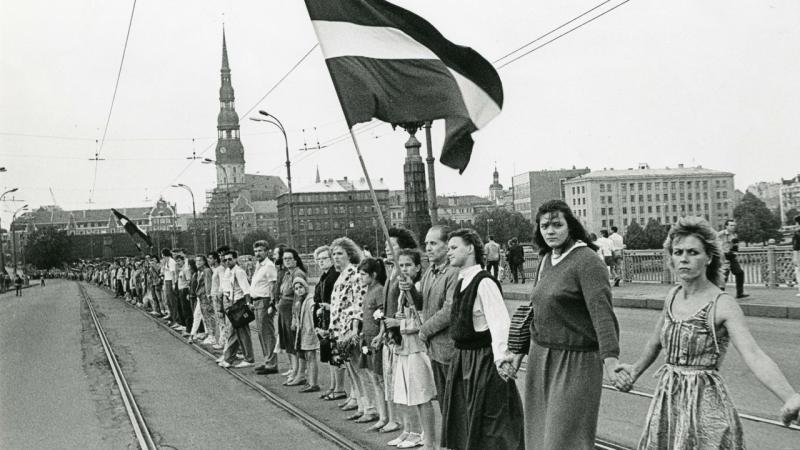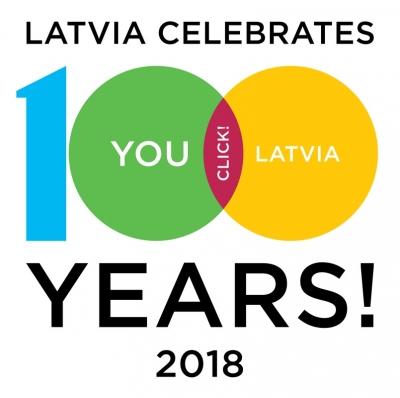In order to make the Latvia's centenary celebration close and understandable to anyone who feels to be a part of Latvia, we will develop the celebration by using a well-known birthday celebration ritual as an analogy. It consists of five interconnected and complementary parts (process cycles):
- Latvia's ancestors
- The path leading to Latvia's statehood
- Latvia's friends and neighbours
- Latvia's adornment and preparation of gifts
- Latvia's birthday and presentation of gifts
In anticipation of Latvia's centenary, we will implement several grand projects. For example, in 2018 we will be celebrating the XXVI Latvian Song and XVI Dance festival. We will also present the Cultural School Bag to students and youth, the National Encyclopaedia will be made, and other important events will take place.
One of the most significant dates in the history of the Latvian statehood is 18 November 1918. At that time, the declaration of the Latvian state embodied a clear vision of independence as the best alternative for the future, the opportunity to successfully use the international political situation, the energetic leaders’ faith in the Latvian future and, simultaneously, the imminent uncertainty about the internal political problems and the external political threats.
On the eve of Latvia's centenary, the State Chancellery is developing a series of informative materials on the establishment of the state of Latvia and its founders.
The informative materials aim to strengthen the sense of statehood, to raise awareness of the Latvian history and national values, as well as bright personalities who influenced the historical processes and contributed substantially to the establishment and growth of the state of Latvia, especially to government's work.
On the eve of Latvia's centenary, the State Chancellery is developing a series of informative materials on the establishment of the state of Latvia and its founders.
The informative materials aim to strengthen the sense of statehood, to raise awareness of the Latvian history and national values, as well as bright personalities who influenced the historical processes and contributed substantially to the establishment and growth of the state of Latvia, especially to government's work.
In August 1991, the interior policy and domestic and economic crisis-ridden USSR experienced the attempted coup, which ultimately accelerated the collapse of the USSR and restoration of independence of the Baltic States.
The August Coup was a last-ditch attempt to prevent restoration of independence and overthrow the legitimate power of the Republic of Latvia.
On the eve of Latvia's centenary, the State Chancellery is developing a series of informative materials on the establishment of the state of Latvia and its founders.
The informative materials aim to strengthen the sense of statehood, to raise awareness of the Latvian history and national values, as well as bright personalities who influenced the historical processes and contributed substantially to the establishment and growth of the state of Latvia, especially to government's work.
On October 10, 1919, Prime Minister Karlis Ulmanis signed a government announcement to the people informing them of the need to move government institutions from Riga to Cesis.
With the arrival of German troops in Riga, the Latvian People's Council moved to Cēsis on the night of October 9-10.
Fifteen years ago, on 1 May 2004, Latvia joined the European Union (EU).
At 19:00 on 23 August 1989 approximately two million people of the Baltic states joined hands forming a live, continuous chain on the road Tallinn-Rīga-Vilnius (660-670 km). Estonia, Latvia and Lithuania engaged in collective action against the non-assault agreement between Hitler and Stalin of 23 August 1939 and its secret protocols or the “devil pact”.
The Baltic states demanded the cessation of half-century long Soviet occupation, colonisation, russification and communist genocide. The Baltic Way became the crucial application by the Baltic states’ civil society for independence and return to Europe.
To mark Latvia’s Centenary and tell the story of Latvia’s past, present, and future, we invite foreign journalists to participate in the Centenary Media Programme organized by the Latvian Institute.
We organize trips for journalists to Latvia’s regions, to discover the true spirit of this country through stories of local people, cultural events and historic locations, to take a glimpse into the lifestyle choices of the young and creative professionals, and to feel the vibe of the business start-up communities and social initiatives.
If you wish to pay a visit to Latvia as a media representative, please contact us at prese@li.lv. To apply for media trips, please fill in the online application form.
The Latvia's Centenary Office is responsible for the implementation of Latvia's centenary festivities. The Consultative Creativity Council was established, and its goal is to ensure the development of the festivity programme content. To involve the youth in the centenary process, the Youth Action Committee was created, while the Centenary Action Committee is responsible for the development of the festivity programme plan and monitoring the use of financial resources.
Get involved in the development of the centenary!
- Give joy to Latvia on its centenary by presenting it your time!
- Participate in the Centenary Spellers' Initiative .
4 May 1990 has given us a second breath. Not only did it open borders, but also eyes, hearts and minds. It is the freedom that needs to be celebrated!




